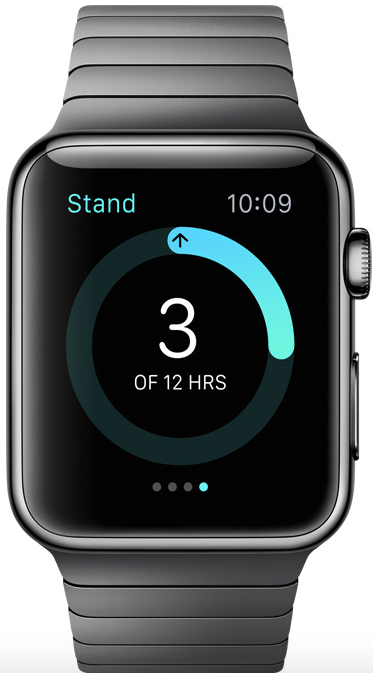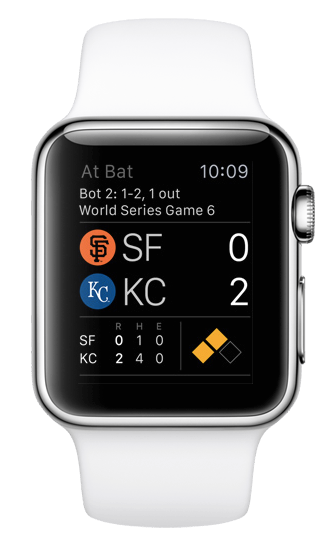If we had the money to buy the licensing, there would be some trance music playing right now. In fact, do you have some on your computer? Yeah? Cool. play it. It’ll make this next part better. Ready?
Ladies and Gentlemen: It’s Tournament Time!

I know the NCAA Tournament technically started a few days ago, but I, like everyone else who isn’t a degenerate gambler or a fan of those First Four teams didn’t really give a crap. It all starts today. Once again, the Golden Gophers have no dog (or gopher) in the fight, but I’m excited nonetheless. It’s probably the greatest sporting event of the year, and you’ll probably want to follow along. We here at TechGraphs are here to help you keep up with all the latest goings on in the world of March Madness. Strap in.
On TV
Fun fact: They play NCAA Tournament games on TV now! In fact, if you have the right cable/satellite package, you can watch every game in the tournament. The games will be playing on CBS, TBS, TNT and TruTV. You can find a complete TV listing (including scheduled announcers) here. Bookmark that. Print it out, save it to your Pocket account, clip it to Evernote, email it to yourself. That’s an important list.
Does it stink that you need a TV package to watch all the games? Yes. However, the channels needed usually come with fairly basic packages. You don’t need a special subscription like you would with NFL, MLB, or NHL games. It’s a bummer, but a much more affordable bummer than usual when it comes to these things.
If you don’t have/will not buy the requisite cable package, you can still get the CBS games with a digital antenna. Or, you could always mosey down to your favorite watering hole.
On the Web
There are actually two ways you can catch tournament games on the web this year. The first is the “old fashioned” way — directly from the NCAA. Every game will be available to stream. You will need to log in with your cable/satellite package credentials, however. Actually, I should clarify that you need to log in with someone’s credentials. If you plan on watching in the office, it might be a good idea to buy the person in charge of the firewall a gift card or something. Maybe from Newegg. Nerds friggin’ love Newegg. Oh, and don’t forget to use the Boss Button.
Thanks to the new Sling TV offering from Dish, you can watch most of the games online as well. Sling doesn’t offer CBS, so you’d need to do some input switching on your TV if you were interested in flipping back and forth. Sling’s main $20/month package comes with TBS and TNT, though the package that offers TruTV would be an extra $5. Sling has a free 7-day trial available, and can be streamed online via Mac or PC, as well as mobile devices and some connected devices. Check out the full rundown here.
On Your Phone/Tablet
Of course, the NCAA also offers March Madness Live apps for both iOS and Android that allows you stream games. The same TV package exceptions apply here, as well. If you have a good data plan and locked-down company Internet, this might be your best bet to catch games at work. It’s also a great option if your roommate/significant other would actually like to use the TV for once. Don’t be a tube hog. Hand over that remote and fire up the tablet.
If you are mostly interested in the fairings of a few teams, you should be able to set up alerts on your phone through your favorite scores app. I prefer the CBS Sports app, actually, but the ESPN or Yahoo! apps should work just fine. All of the above-mentioned apps will also allow you to set game-start notifications for those matchups you don’t want to miss.
Another app you can utilize is the Google app for either iOS or Android. Google knows what you want, so if you just type “ncaa tournament” in the search bar, it’ll give you all the scores you desire. It’s not quite as robust as some of the other apps, but it’s a quick and easy way to catch some scores.
Keeping Up with Your Bracket
There’s a very real chance you don’t actually want to watch all the games and you just care about your bracket. I fully support this. If you used an online bracket service (ESPN, CBS, Yahoo!), scores should be displayed on your bracket in real time. If your office isn’t keen on you sucking up all the bandwidth, but are fairly lax in letting you visit sports web sites, this is a good option.
If you only filled out a paper bracket, it’s free and easy to create one online just for your reference. Once you’ve done that, feel free to tell the pool organizer that he/she is fired.
Every bracket service has a corresponding mobile app as well, if you need to be even more discrete. The ESPN Tournament Challenge App even allows you to get notifications based specifically off your bracket. It’s a neat feature for when work is preventing you from staring at your phone for hours.
All-in-all, the NCAA Tournament has one of the best online offerings compared to the other major sports. Yes, you do need to pay for it, but there aren’t any silly blackout restrictions based on time or location. If you have a reasonable TV package you can stream all the games, no questions asked. Remember, as the competitors get knocked out, more and more games are played on CBS, which anyone can get for free. So if you can work a Sling trial for a week, you might be able to skate by. Or you can always buy a six pack and head to a friend’s house. Buzzer beaters and upsets are usually more fun with other people, after all.




